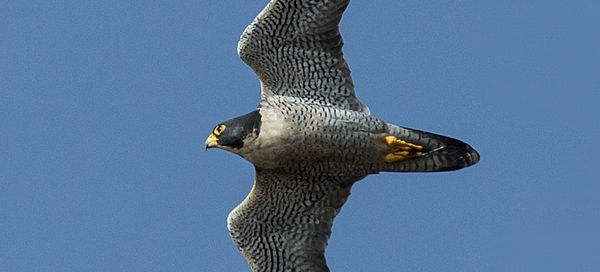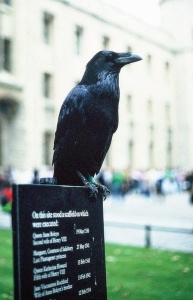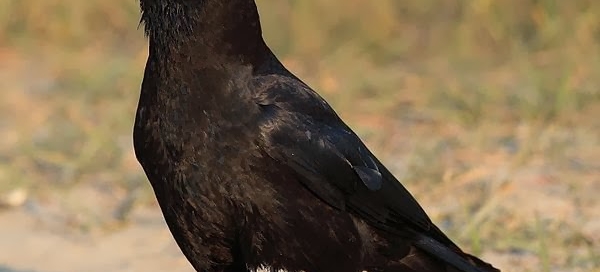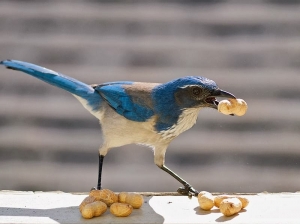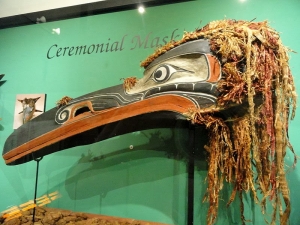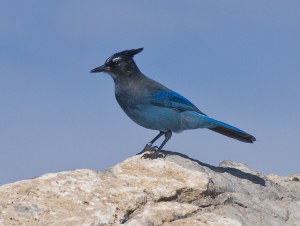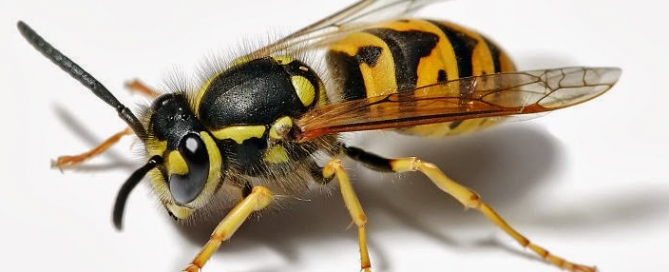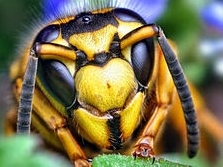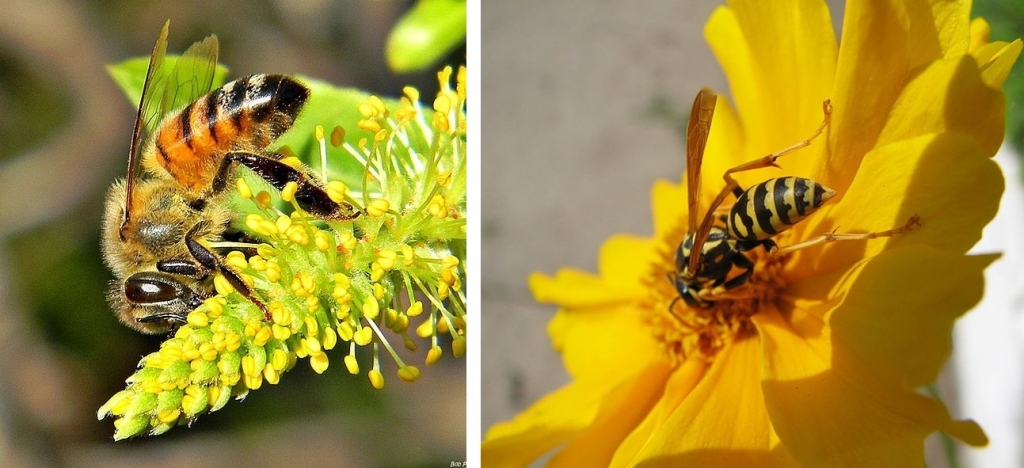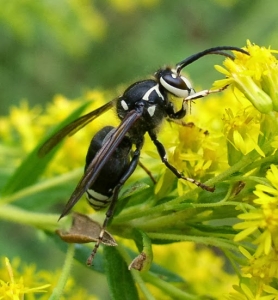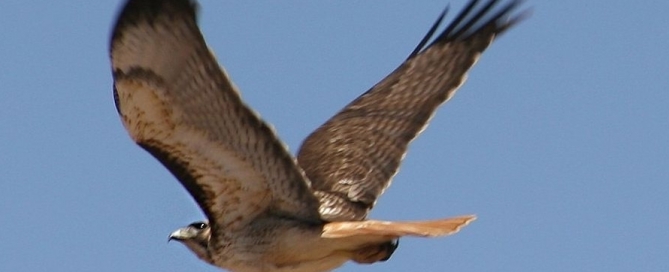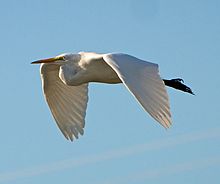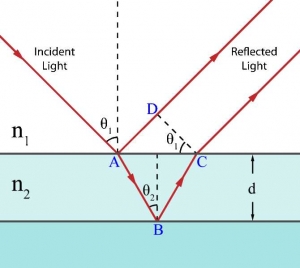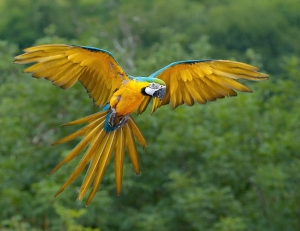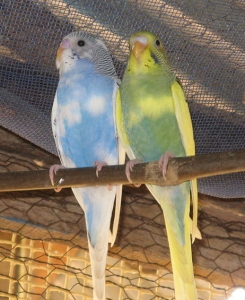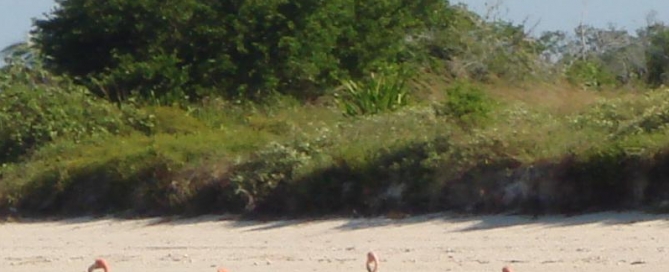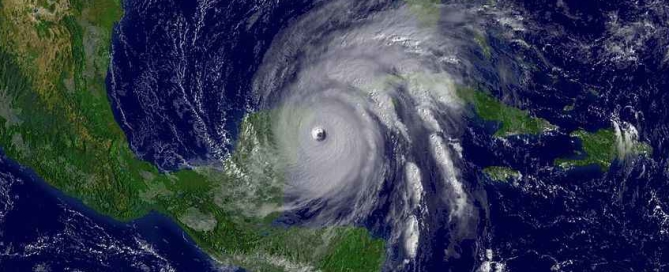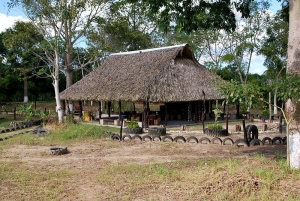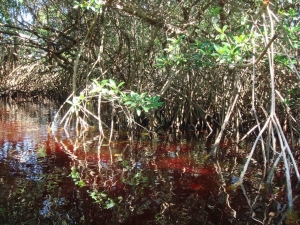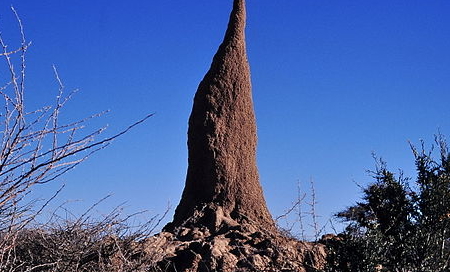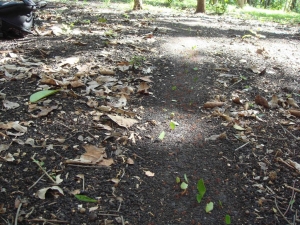Farewell to the Gray Coast
I love these woods when they’re wet. A thunderstorm crashed through last night, and the pine duff is soaked, drenched through, a glistening, springy, cinnamon-colored cushion as big as the whole forest. My awareness reaches, unsatisfied, beyond my body as I run the trails, and I am imagining the give of the wet carpet under my bare palm. My mental hand reaches out and touches the rough water-darkened bark of oak trees as I pass by, shakes a silver spray of droplets from a spun festoon of lace lichen, reaches into a puddle and feels fine clay mud under half an inch of icy water, while my legs go on pounding, my lungs go on breathing. The air is cold and clean, and it’s starting to rain again, pelting against my chest and soaking the tops of my aching thighs, but I’m not cold, I’m high. My burning muscles vault me over a new windfall, and a chaos of fallen foliage showers me with water. At the top of a rise I throw my tired head erect and look out, far out, over the misty ridges, under the rainclouds, and there it is, the Monterey Bay, gray within gray within gray. Five thousand feet deep where I’m looking.
I wrote those words in 1992 and my love for this peninsula is undiminished. Susan and I have hiked its trails, kayaked its waters and run its marathons. We have walked the fields of lupines in sunny springtime meadows, and hammered out training runs through icy rain and hail on Big Sur ridge tops. We have powered our kayaks through the angry waters off the Point Lobos headlands where Robinson Jeffers wrote brooding pieces about the gray coast. We have crossed the Monterey Bay, we have hung out on the tops of the canopies of the great kelp forests, and we have poked around in networks of sea caves where the water beneath us is under-lit by green light from mysterious submerged portals, and the only sound is the slow suck-and-draw of the breathing of the great ocean. We have explored this place completely and intimately, as lovers should.
On Thursday we leave it.
The place we are going would be called, by most reasonable definitions, paradise. We will be on a Caribbean coastline in Mexico. We will be walking among Mayan ruins, and kayaking turquoise waters without wetsuits. The birds will be wild, loud and colorful, with long tails or absurd beaks, and there will be monkeys in the jungle canopy and tropical fish in the estuaries. We will have a whole new ecosystem to learn. But one never really leaves the Monterey Peninsula. I know this. I have been haunted by it before.
Susan and I have sold everything we own that will not fit in a pickup truck. A lifetime of acquisitions are gone and we have not suffered a moment of remorse. We will have each other, our dog Rita, two ocean kayaks, and a few boxes. On Thursday we step on the gas. Really it is a crossing—there are no beaches, there is no bail-out. And that’s just the way we like it.
We are the luckiest people in the world, to have each other, and to have this life, and I’m certainly not complaining….
…but God dammit, I’m going to miss this place.


